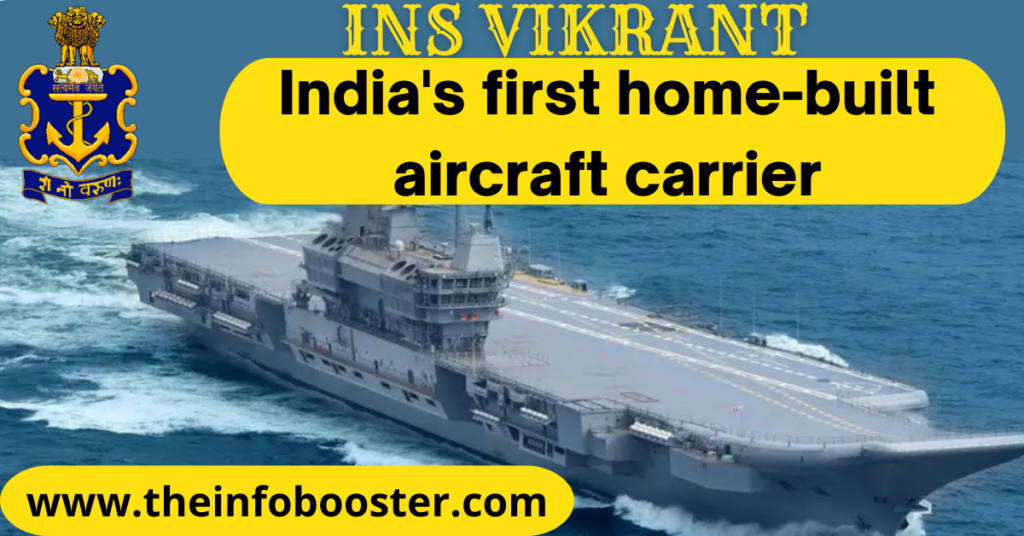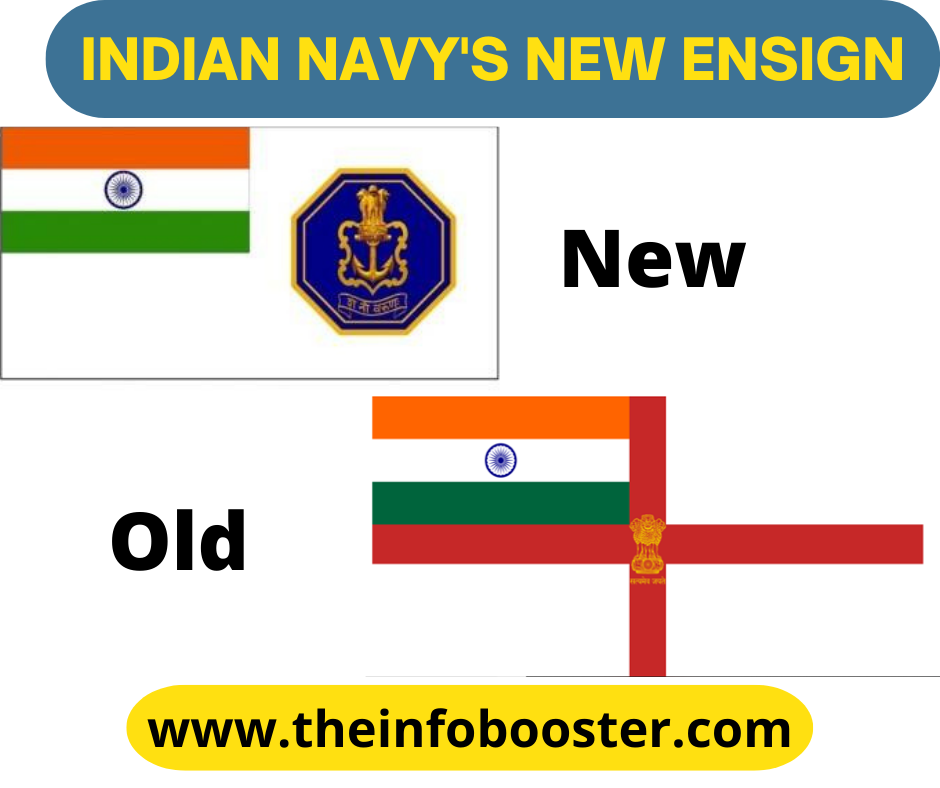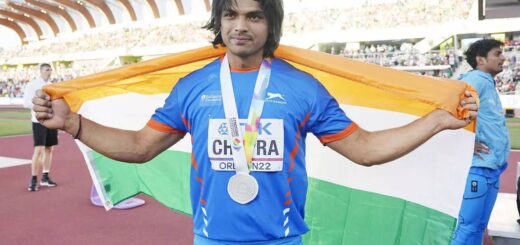India’s first Indigenous Aircraft carrier-INS Vikrant
by admin · Published · Updated

PM Narender Modi on 02/09/2022 dedicated India’s first home-built aircraft carrier INS Vikrant to the nation. He said –“Everyone present at this spot on Kerala’s coast is seeing the dawn of India’s new future”. This event on the INS Vikrant is a roar of India’s rising spirits on the world horizon. We are viewing the picture of an able, capable, powerful India of whom our freedom fighters in the struggle for independence had dreamt. He also said-” whatsoever the hardest goal is, when When India takes pledge then no goal is impossible.”
India Enters The Elite League
Now, India is among the few countries that have their own aircraft carrier weighing 40000 tonnes and above. Following is the list of other aircraft carriers across the world:
- USA: USS Gerald R Ford Class
- China: Fujian
- United Kingdom: Queen Elizabeth Class
- Russia: Admiral Kuznetsov
- France: Charles De Gaulle
Specifications of INS Vikrant
It is also the largest warship ever built in the country’s maritime history, measuring nearly the size of two football fields combined, as described by the Indian Navy.
The warship, dubbed a floating city, has 18 floors and 14 decks, as well as 2,300 compartments that can carry up to 1,500 sea warriors.
- It transports approximately 30 aircraft, including MIG-29K fighter jets, Kamov-31, and MH-60R multi-role helicopters, as well as indigenously manufactured Advanced Light Helicopters (ALH) and Light Combat Aircrafts (LCA).
It has a maximum speed of 28 knots with an endurance of 7,500 nautical miles.
- The 76% portion of this giant aircraft carrier is built with the help of material produced within India.
The overall cost of production is around 20K crores. It is built with 21000 tonnes of high-grade steel.
- It has a total of 150kms of pipeline.
- It weighs 43000 tonnes.
- It has four gas turbines which produce 88 Megawatt of electricity.
It has a fully functional hospital inside it with a CT Scan machine and two operation theatres.
Significance of INS Vikrant for India
An aircraft carrier exemplifies “dominance” over a large area, “control” over vast swaths of ocean, and “all aspects of maritime strength.” India is only the sixth country, after the United States, Russia, the United Kingdom, and France, to have such capabilities for developing indigenous aircraft carriers.
In Support of Land Battles:
During the 1971 operations to liberate Bangladesh, the aircraft on board the INS Vikrant were very successfully used to strike strategic targets deep within the former East Pakistan. It is important to note that as long as a large portion of India’s land boundary (from north-west to north-east) is disputed, the possibility of a border conflict, and thus the likelihood of such a need, will exist. Thus, the new aircraft carrier would provide India with a strategic advantage in the event of future conflicts.
Maintaining Influence in the IOR:
India’s security is inextricably linked to and intertwined with that of the Indian Ocean and the adjacent littoral region (IOR)—the country’s primary strategic interest. The Chinese “pearls” in the Indian Ocean are probably intended to “displace” India’s influence in the IOR in addition to addressing Beijing’s strategic weakness in terms of energy imports.
A possible Chinese politico-military intervention in the region would have a significant impact on India’s security. In that sense, an aircraft carrier like Vikrant can provide India with the ability to maintain its influence in these waters and achieve strategic “dissuasion” against any hostile extra-regional power.
Indian Navy's new flag

During the event, the Prime Minister also unveiled the new Naval Ensign (Nishaan), which represents the end of the colonial era. Instead, it now bears the national emblem with the Tricolor on the upper canton. An octagonal shield surrounds the national emblem, which sits atop an anchor. The Navy’s motto, ‘Sam No Varunah,’ is written beneath it. The golden border of the octagon represents the Rajmudra of Chhatrapati Shivaji Maharaj, the legendary 16th century Maratha warrior whose vision to establish a swarajya extended beyond his empire’s land borders and dominated the seas through forts like Janjira, Sindhudurg and others. Naval Ensigns are flags flown by naval ships or formations to indicate nationality. The current Indian Naval Ensign is a red cross on a white background, known as a St. George’s Cross. When India gained independence, the Indian flag replaced the Union Jack in one of the cross’s corners.



